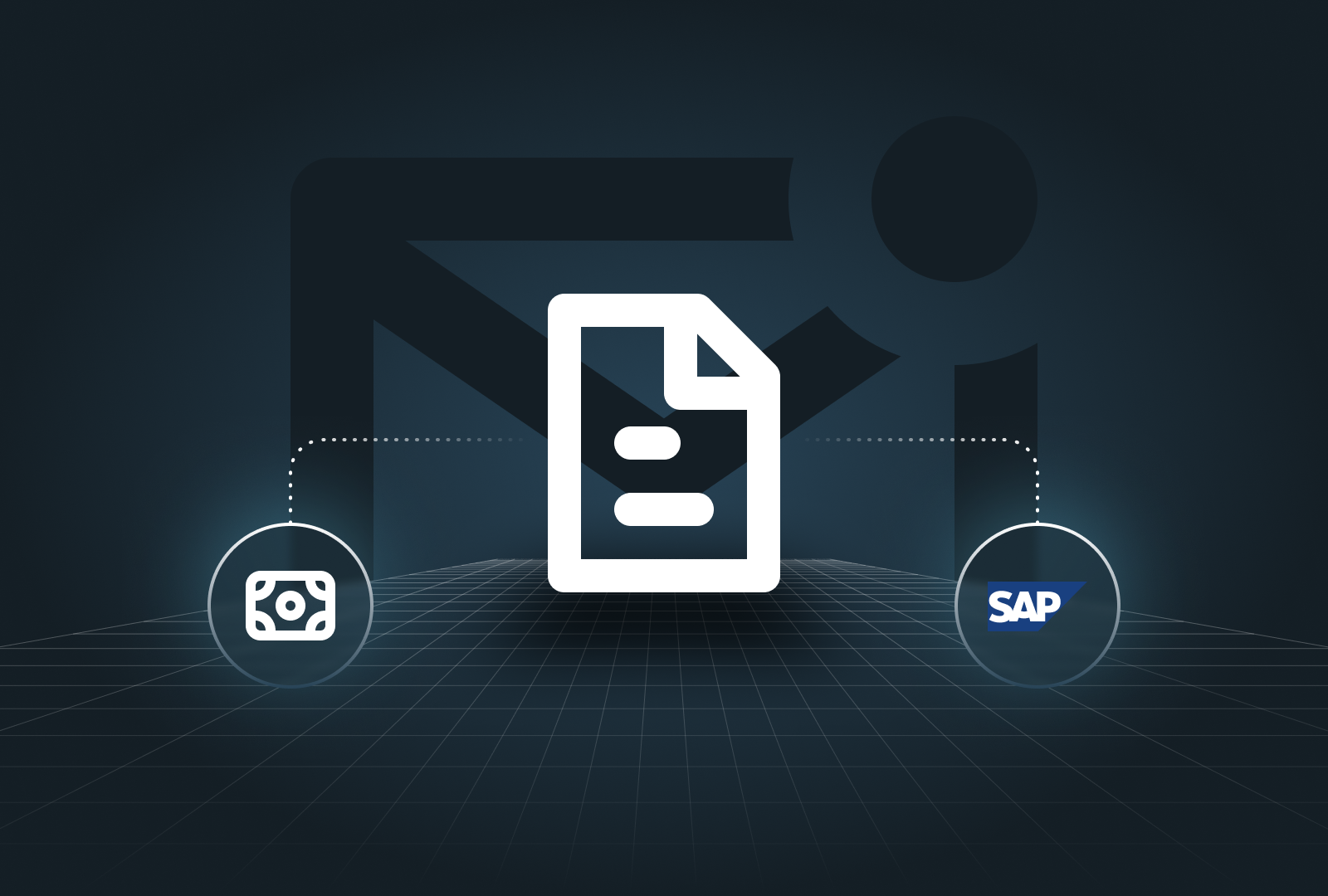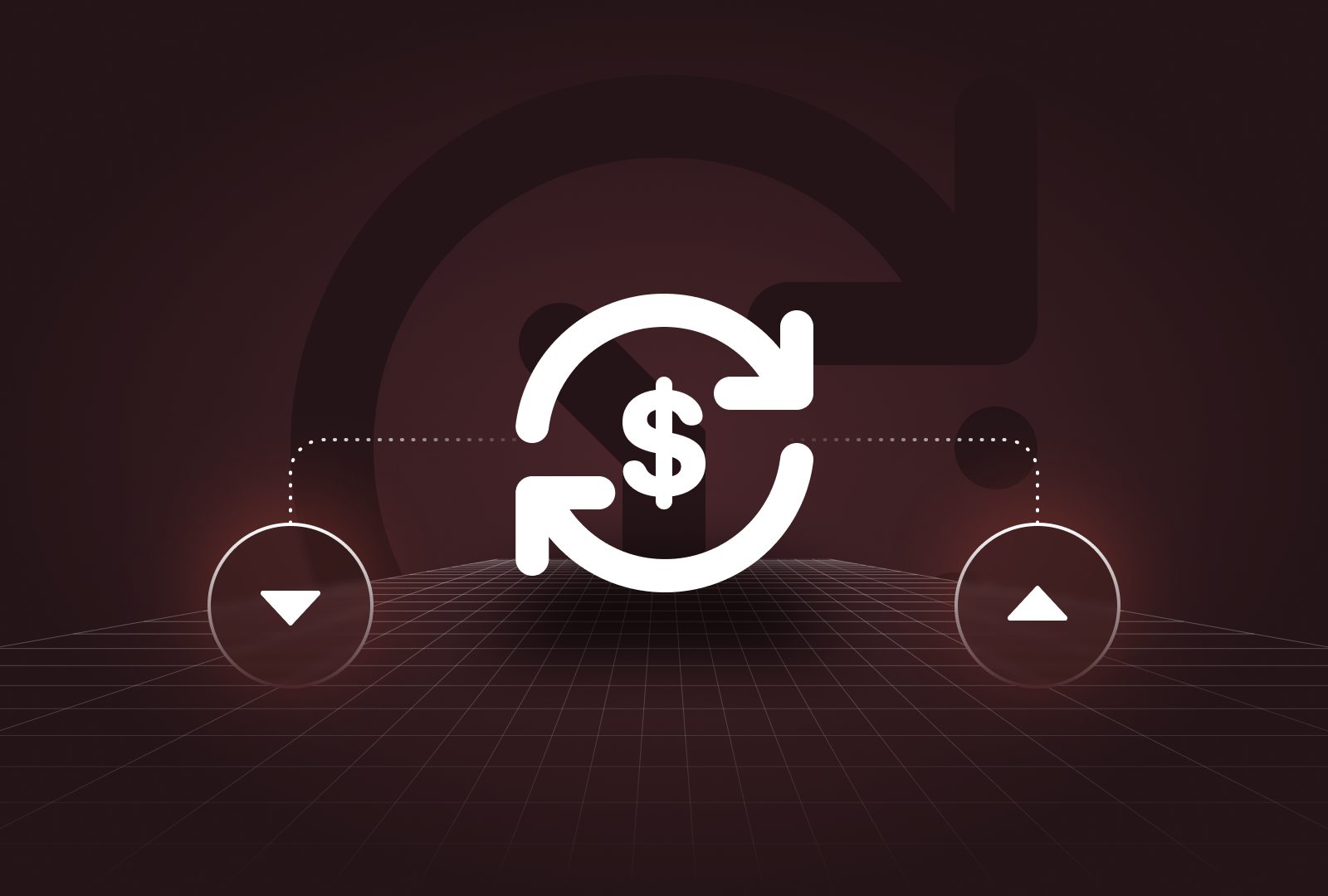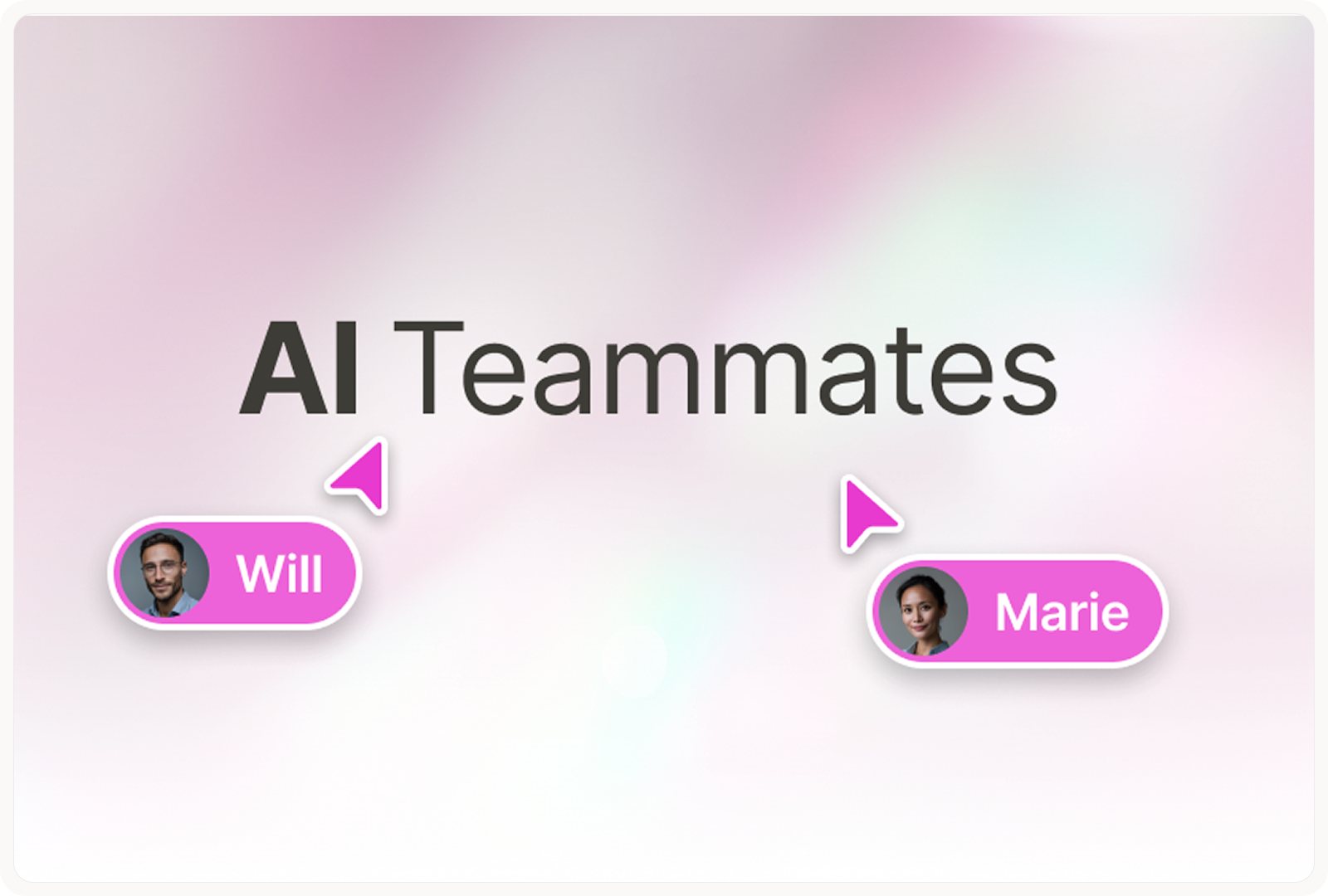How Enterprises Can Prepare for EU E-Invoicing 2026
By 2026, e-invoicing will move from scattered national initiatives to a foundational layer of how EU businesses operate. For finance leaders, this isn’t just a compliance box to tick — it’s a chance to modernize billing, reduce VAT risk, and automate one of finance’s most manual workflows.
What’s Changing in EU E-Invoicing & ViDA in 2026
The European Commission’s VAT in the Digital Age (ViDA) initiative is accelerating real-time digital reporting and structured e-invoicing across the EU. From 2026, intra-EU B2B flows will increasingly shift toward e-invoicing and near real-time data exchange, replacing delayed, summary-style VAT reporting.
Member states are converging on common building blocks (for example, EN 16931 formats and Peppol connectivity) while extending mandates beyond B2G into B2B. For a country-by-country view and maturity snapshots, see the European Commission’s eInvoicing Country Factsheets.
References: EY — What ViDA means for the rise of global e-invoicing; European Commission — eInvoicing Country Factsheets.
Key Compliance Challenges & Risks for Enterprises
ViDA sets the direction, but national rules, timelines, and technical specifications still vary. That creates practical challenges for multi-entity groups: different XML flavors, validation rules, and submission channels — plus the need to ensure data quality and auditability across ERPs and AP tools.
From 2026, countries such as Belgium are enforcing structured e-invoices for B2B based on EN 16931 via Peppol. Without robust standardization and pre-submission validation, enterprises risk rejected invoices, payment delays, penalties, and higher audit exposure.
Reference: European Commission — eInvoicing in Belgium (B2B alignment with EN 16931 and Peppol).
How to Build Future-Proof, AI-Native E-Invoicing Capabilities
1) AI-driven standardization & mapping:
Use AI to ingest PDFs, legacy XML/CSV, and supplier-specific layouts; then auto-map to EN 16931/Peppol BIS. This removes brittle template maintenance and keeps pace with changing national specs.
2) Smart compliance & rule engine:
Validate invoices pre-dispatch with real-time checks for schema, master data (VAT IDs), totals, and cross-references. AI flags anomalies and proposes fixes, cutting rejection rates and cycle time.
3) Predictive monitoring & pre-audit analytics:
Always-on analytics to detect duplicates, fraud patterns, and tax risks before submission. CFOs get a live “readiness” dashboard for ViDA reporting and local mandates.
These capabilities reflect an AI-native approach like Payflows’ intake-to-pay suite, unifying vendor intake, AP, and tax compliance with real-time controls and audit trails.
Next Steps: A Pragmatic Roadmap to 2026
Assess: Inventory current invoice formats, country footprint, Peppol readiness, and ERP/AP integration points. Identify master-data gaps (VAT IDs, tax codes) and where human touchpoints slow throughput.
Pilot & scale: Run an AI standardization and validation pilot in one or two high-volume entities. Establish Peppol connectivity, measure rejection-rate reductions and DSO impact, then roll out by cluster. Align Tax, IT, and Finance on governance, with training and controls for continuous compliance.
Recommended Next Action
See how AI-native validation and Peppol connectivity work in your stack: Request a demo.
Payflows helps enterprises accelerate their e-invoicing readiness journey with AI-native automation, real-time validation, and compliance-by-design workflows. Discover how we can help you prepare for 2026.






.png)





.png)



